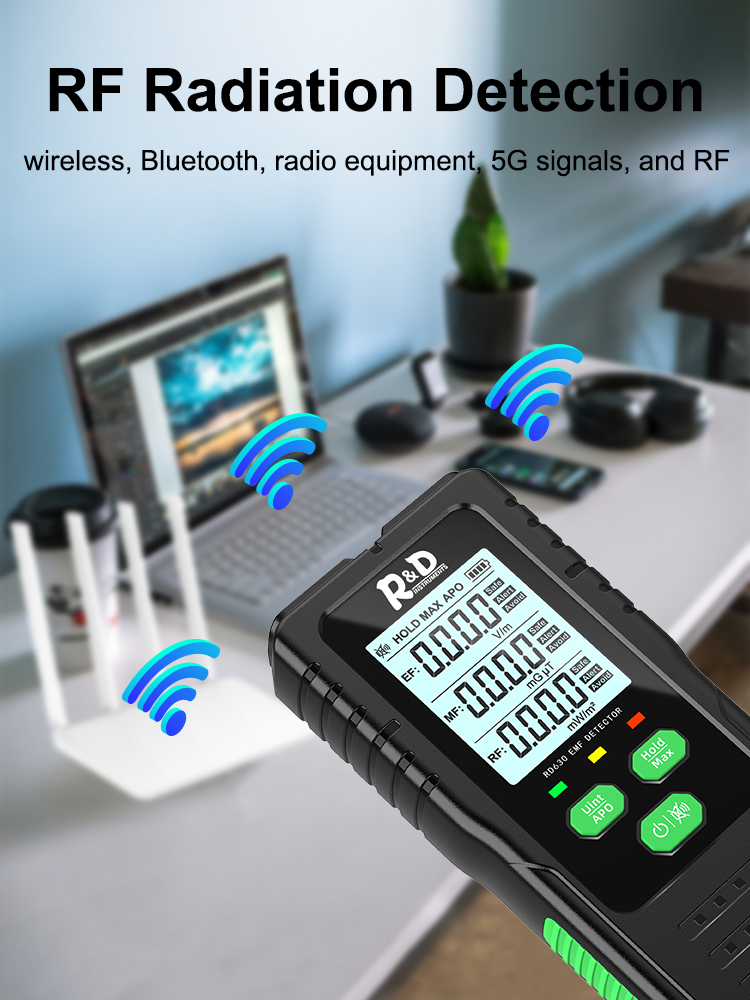We are the Best in Town With over 10 Years of Experience.
- Phone Number
- +251-910-858-302
- Yeka Sub-City, Woreda 11
Asmara Road, Addis Ababa, Ethiopia.
- Email Address
- info@addisagents.com
Breath analysers are gadgets utilized by police and private citizens alike to determine alcohol vapor exhaled through exhaling air and calculate its blood alcohol content (BAC) value. They’re frequently employed to determine intoxication levels and prevent driving under the impact.
BAC worths are determined by comparing the ratio of alcohol in your blood to just how much water has been absorbed by your lungs. As alcohol evaporates from your blood, it goes into alveoli air sacs situated deep within your lungs that draw it into their flow system for extraction by your pulmonary circulation system and passing along. 2100 milliliters of alveolar air consist of 1 milliliter of blood in concentration; breath analysers utilize different methods to detect and quantify this concentration before turning it into an accurate measurement for BAC measurements. If you discover the topic of what you read so far, intriguing and that you need more information relating to the topic, then please visit us or click the following site link Radexemfreader.Com.
Old-style breath analyzers rely on chain reactions. Your breath travels through a cocktail of chemicals consisting of potassium dichromate, sulfuric acid, silver nitrate, and water; when exposed to ethanol vapor it reacts with this mix and causes orange potassium dichromate option to turn green, and its intensity is determined by the maker in order to determine your blood alcohol concentration (BAC).
Other breathalyzers utilize fuel cell or infrared spectrometry technology. With fuel cell breathalyzers, your breath ethanol is converted to acetic acid and hydrogen ions utilizing platinum oxide; an infrared spectrometer discovers light absorption by the particles of acetic acid that produces an electrical current which then transfers to its microprocessor to offer you with an accurate blood alcohol concentration (BAC) reading.
Modern breathalyzers typically rely on among these 3 innovations, but some use several approaches in order to increase precision and efficiency. Breathalyzers that combine strategies like semiconductor oxide sensing units with fuel cell sensing units combined with infrared spectroscopy are usually more precise.
Some gadgets include safeguards designed to avoid false positives. Evidential breath test machines like the Intoxilyzer 5000 require topics to wait 15 minutes after alcohol usage has gone away before taking their test, and personal breath testers such as Radex Mobile and C6 mobile phone keychain breathalyzers use safeguards to prevent mouth contamination.
Breathalyzers may incorrectly determine individuals on ketogenic diet plans who may have higher-than-usual blood stream concentrations of acetone as being intoxicated with alcohol, resulting in incorrect favorable readings on breathalyzers.
Diet isn’t the only factor that might disrupt breathalyzer screening; other conditions, nevertheless, could also restrain their accuracy. Diabetics for instance often have high levels of acetone in their blood stream that may trigger it to register as ethanol during a breathalyzer test – this condition can be fixed through diet plan modification or taking medication prior to being evaluated – though a lot of must expect not coming across any problems when using one of these gadgets.